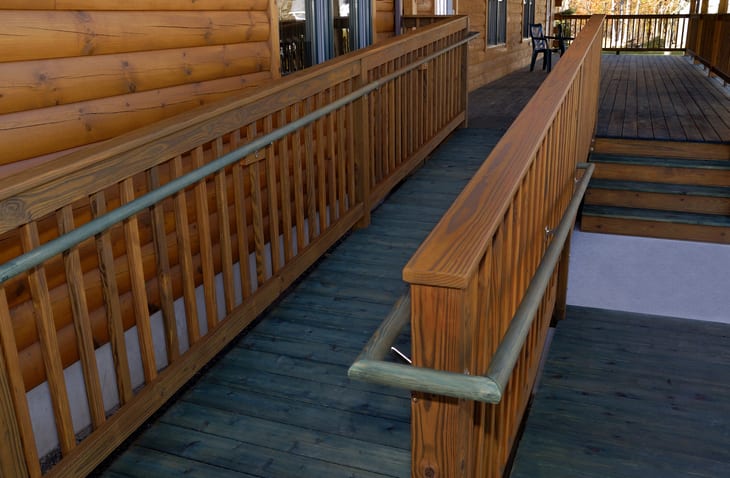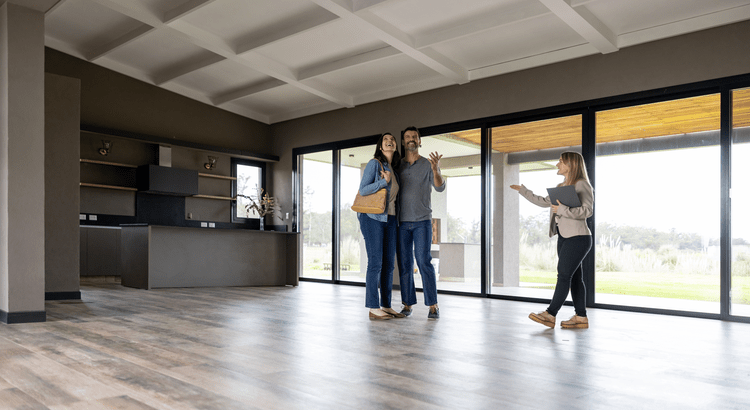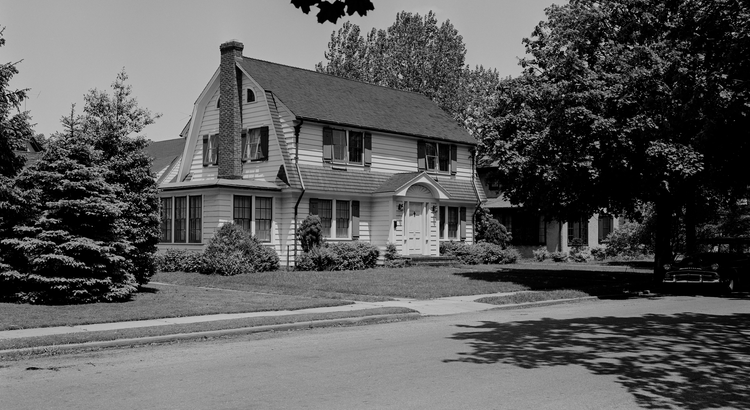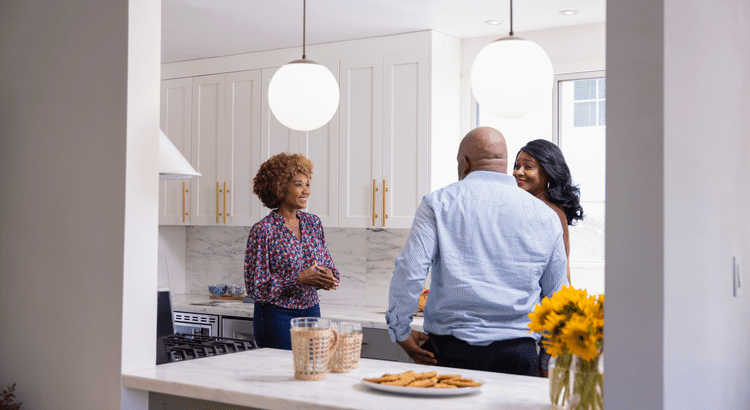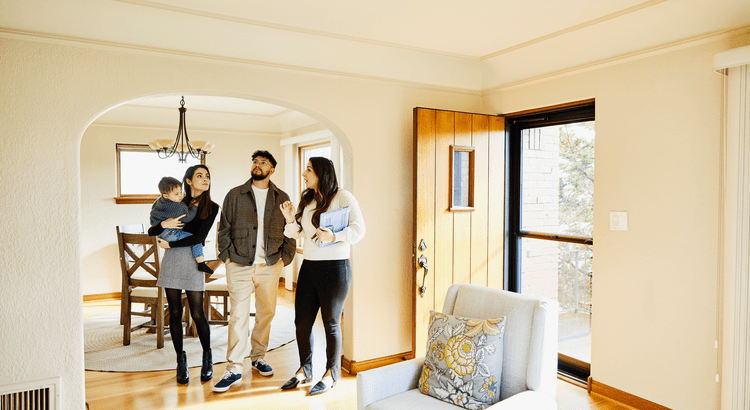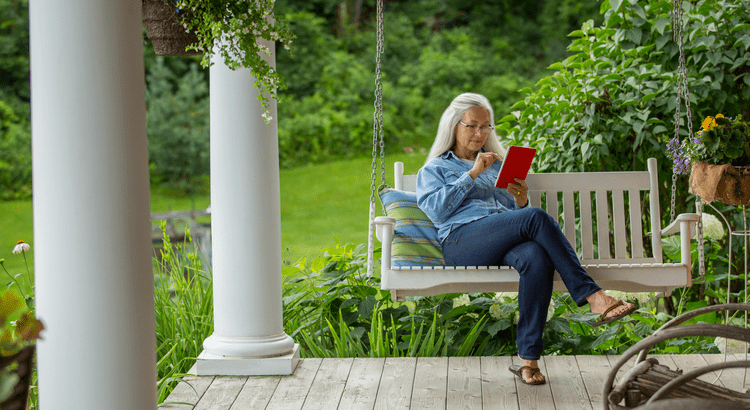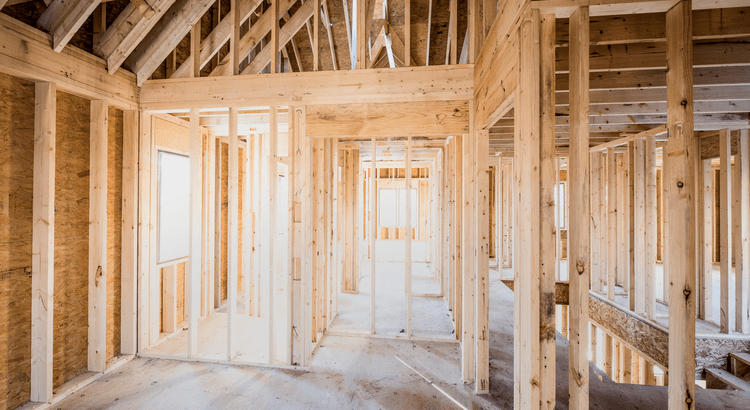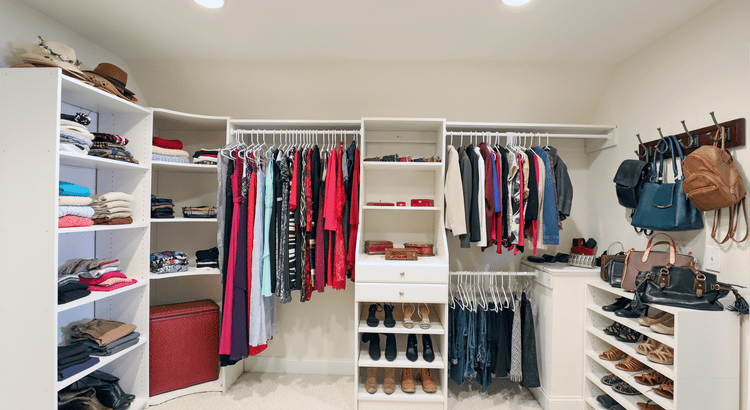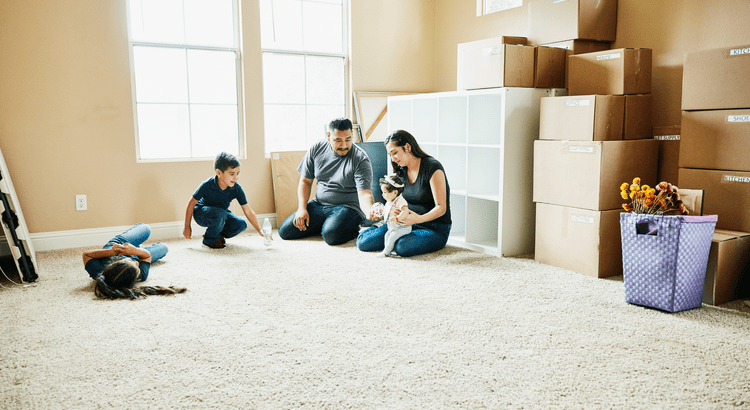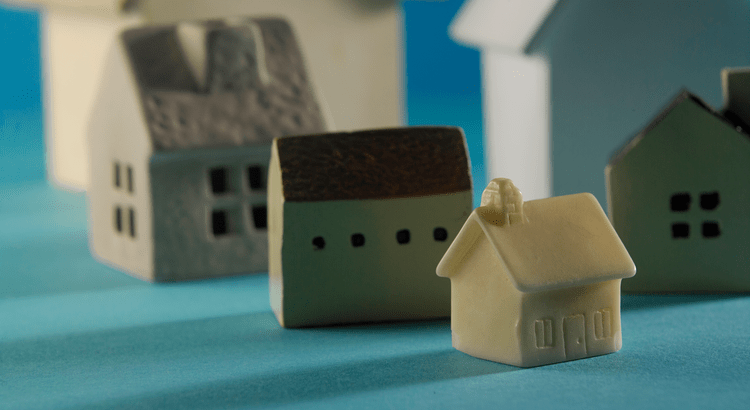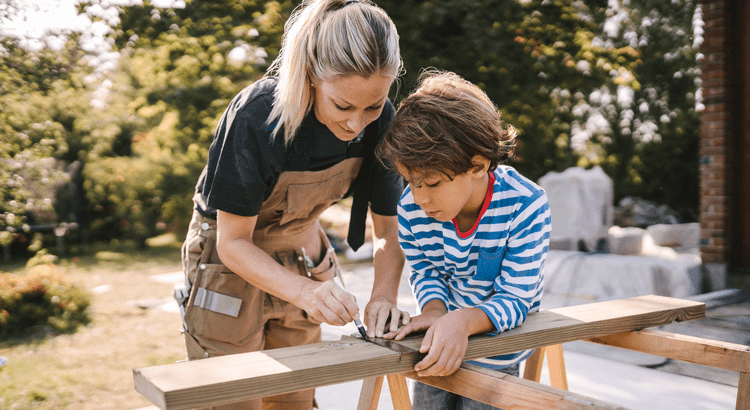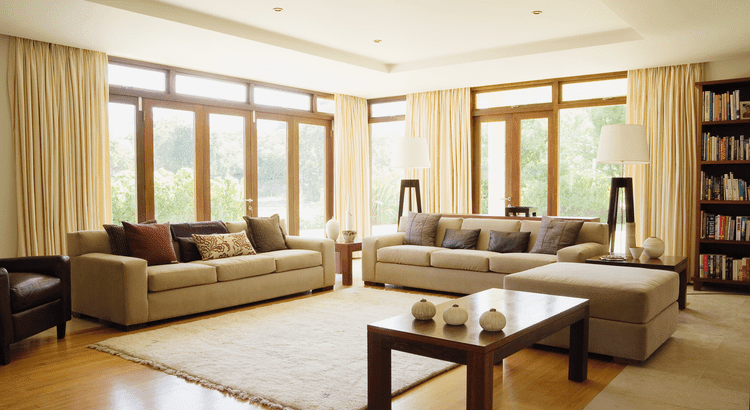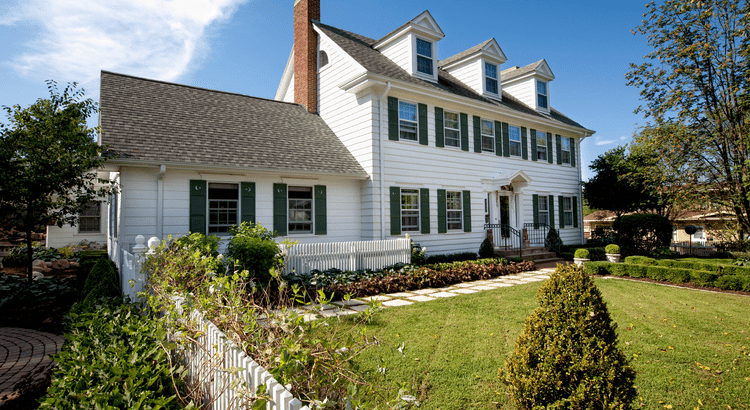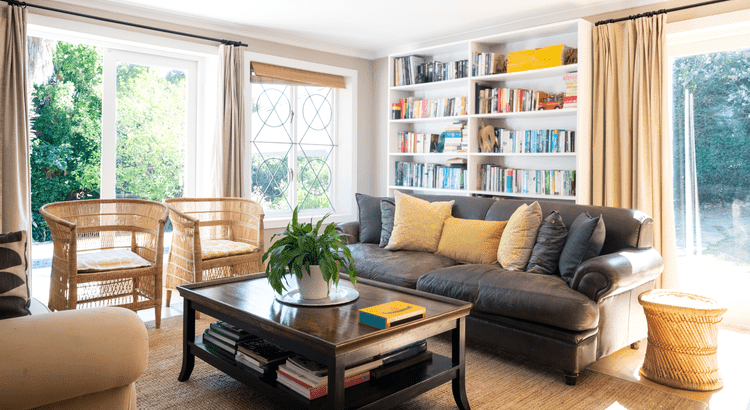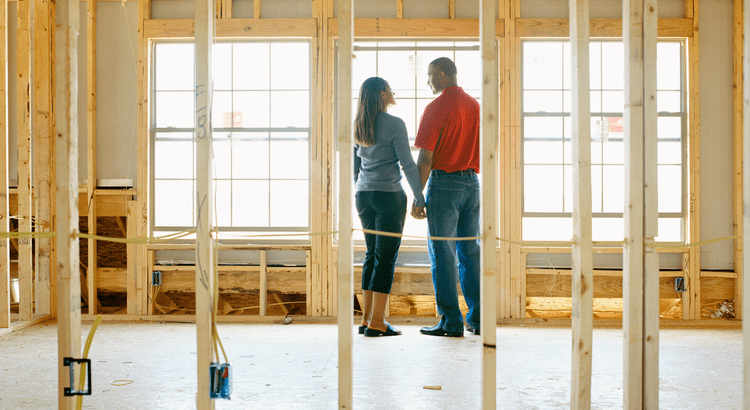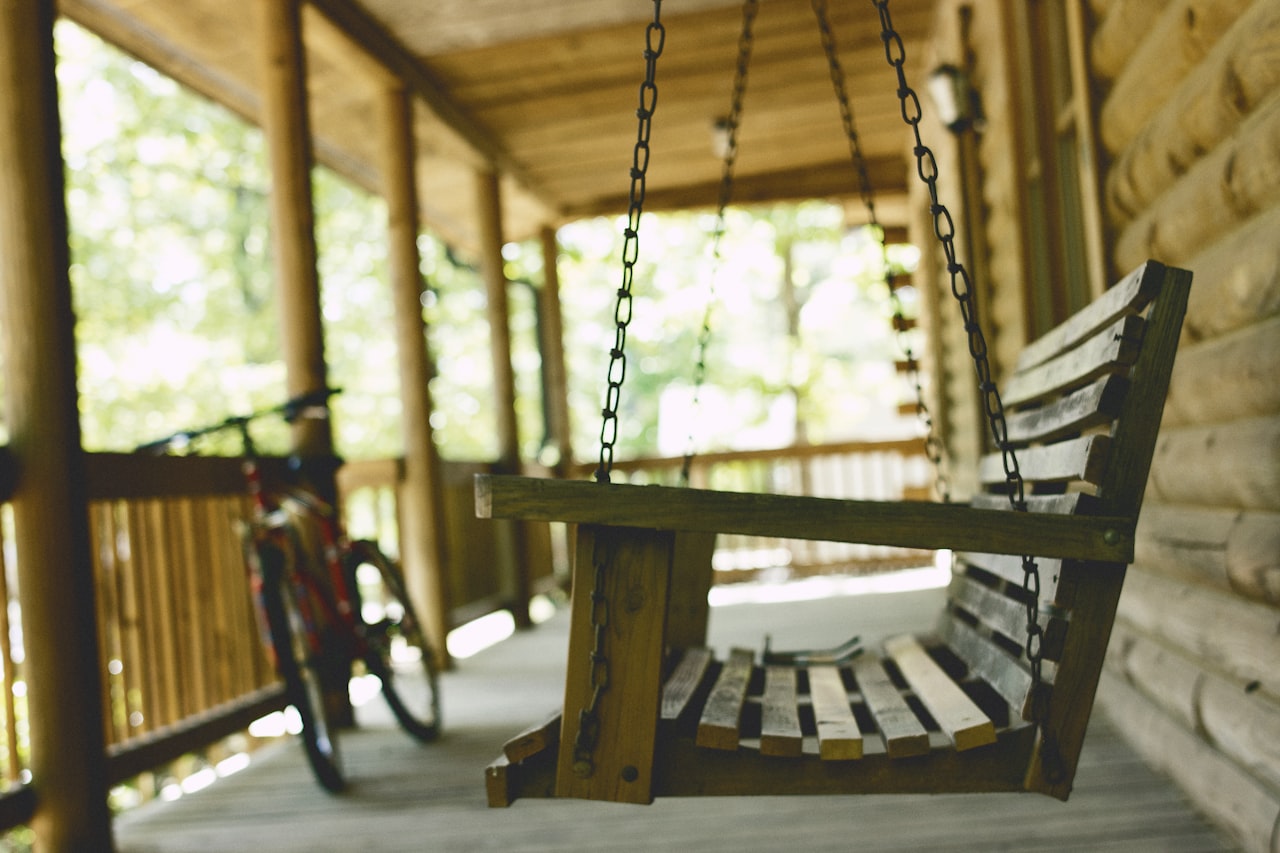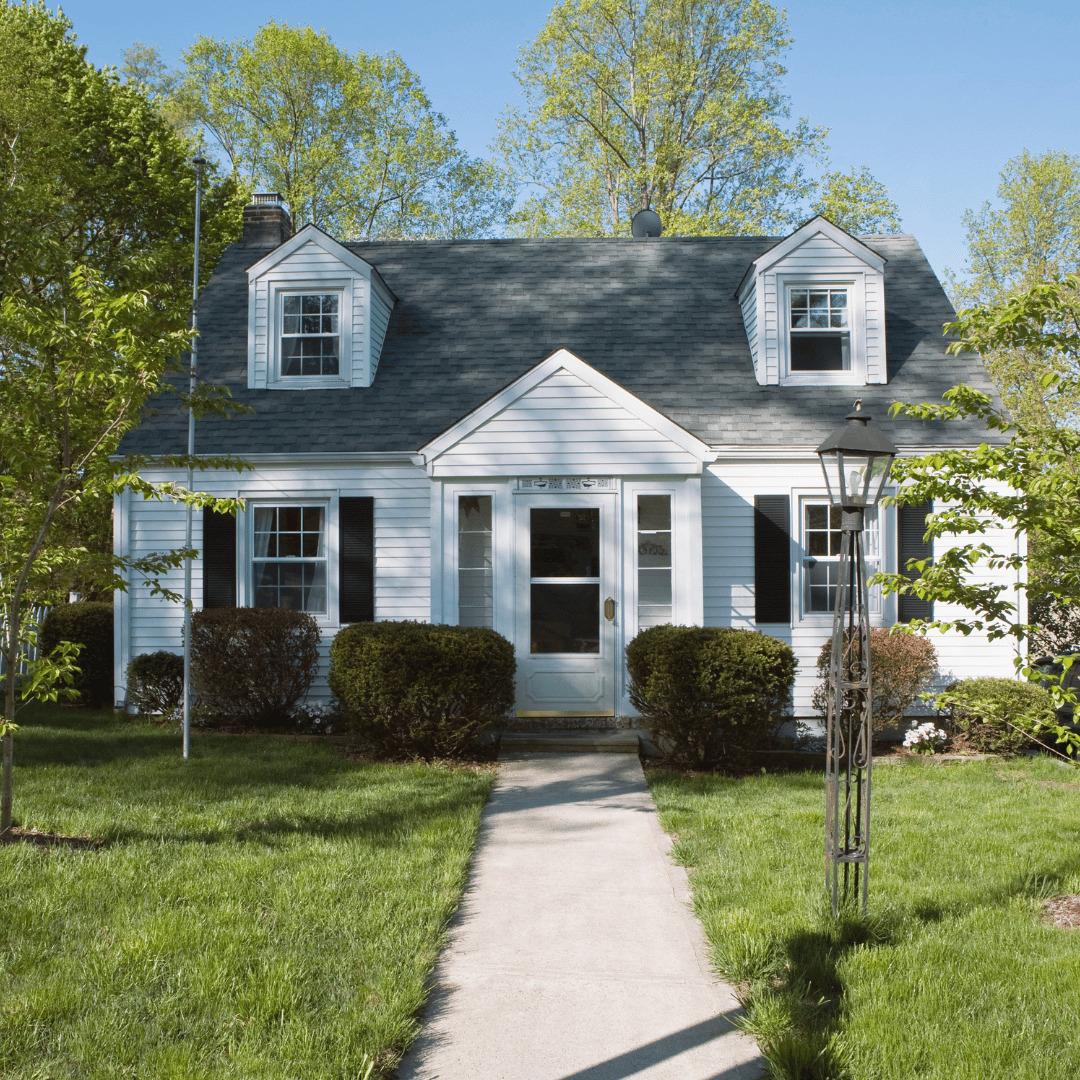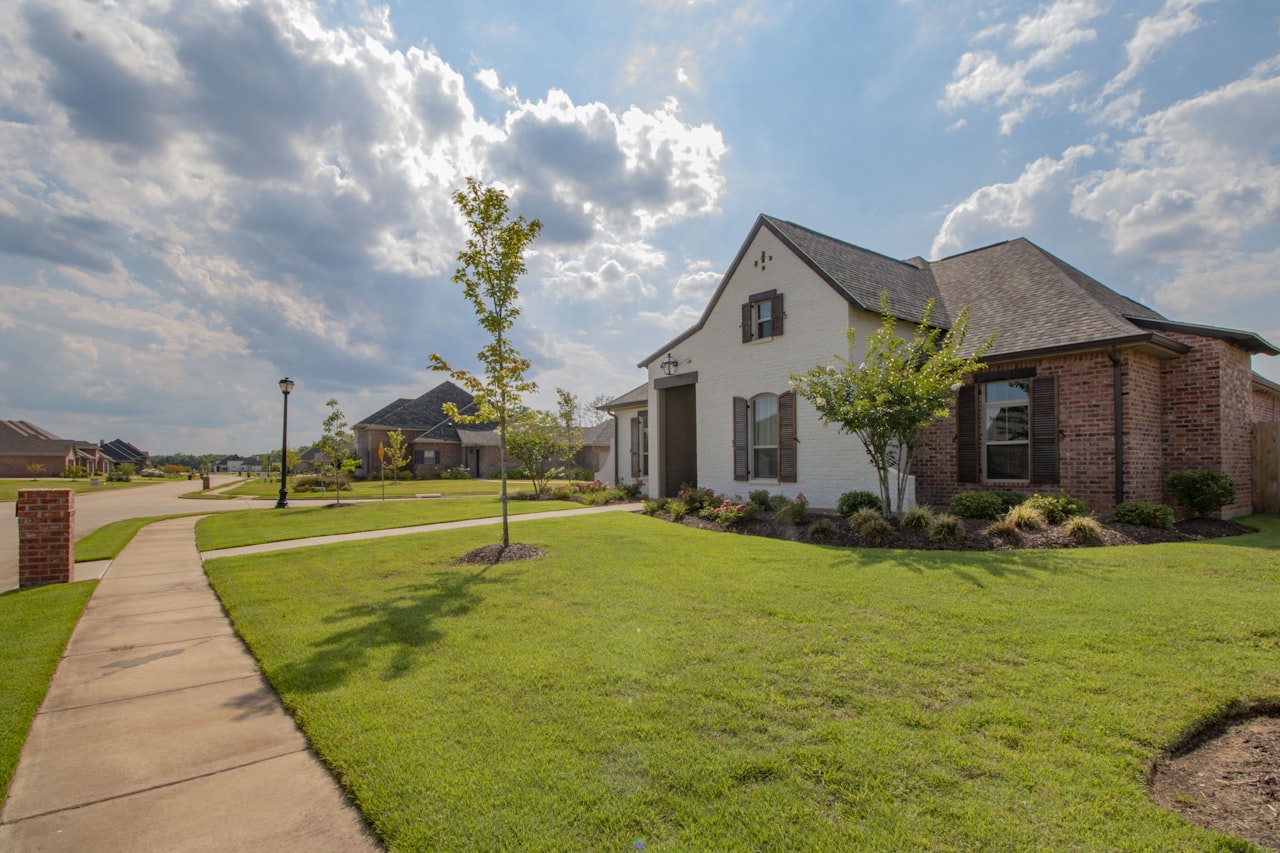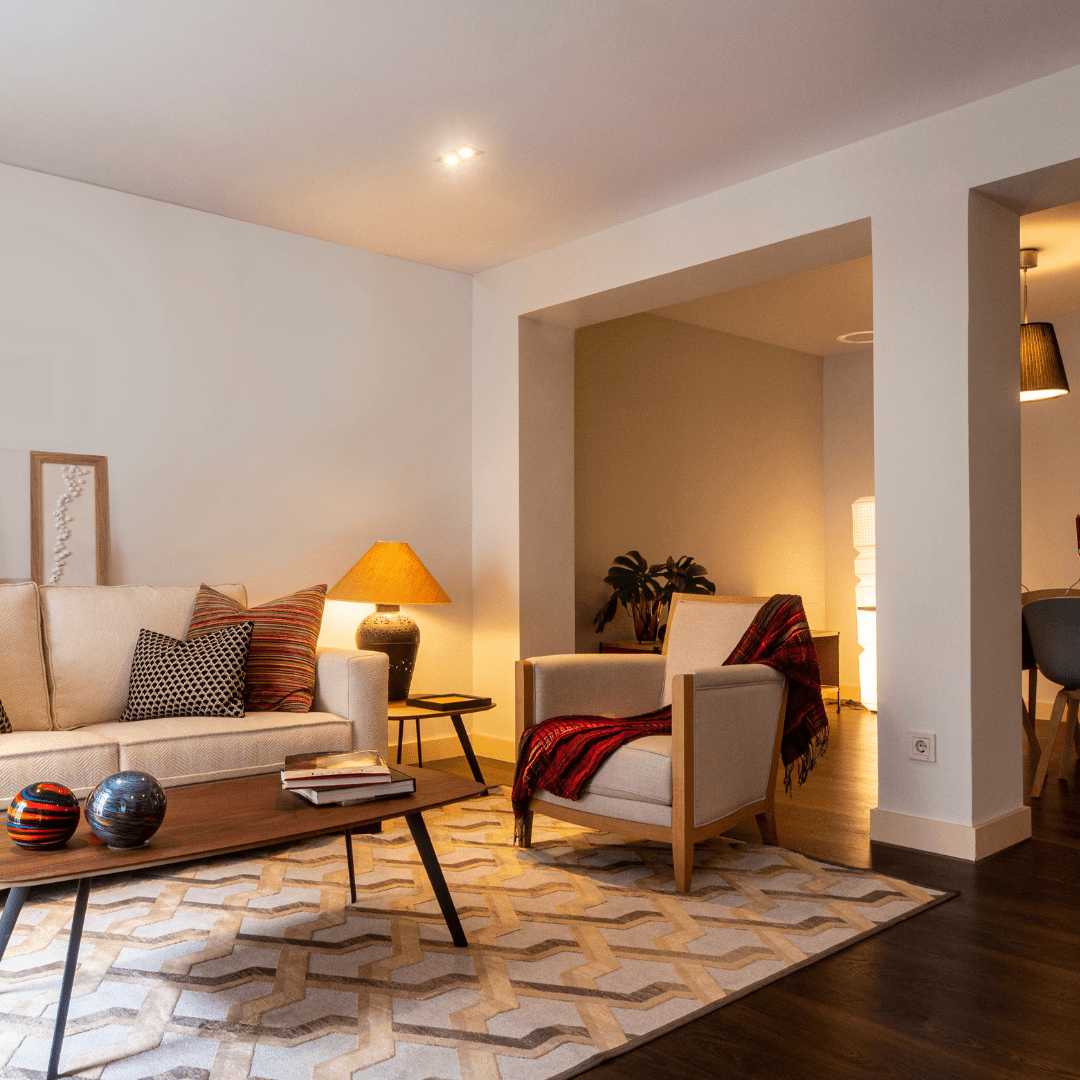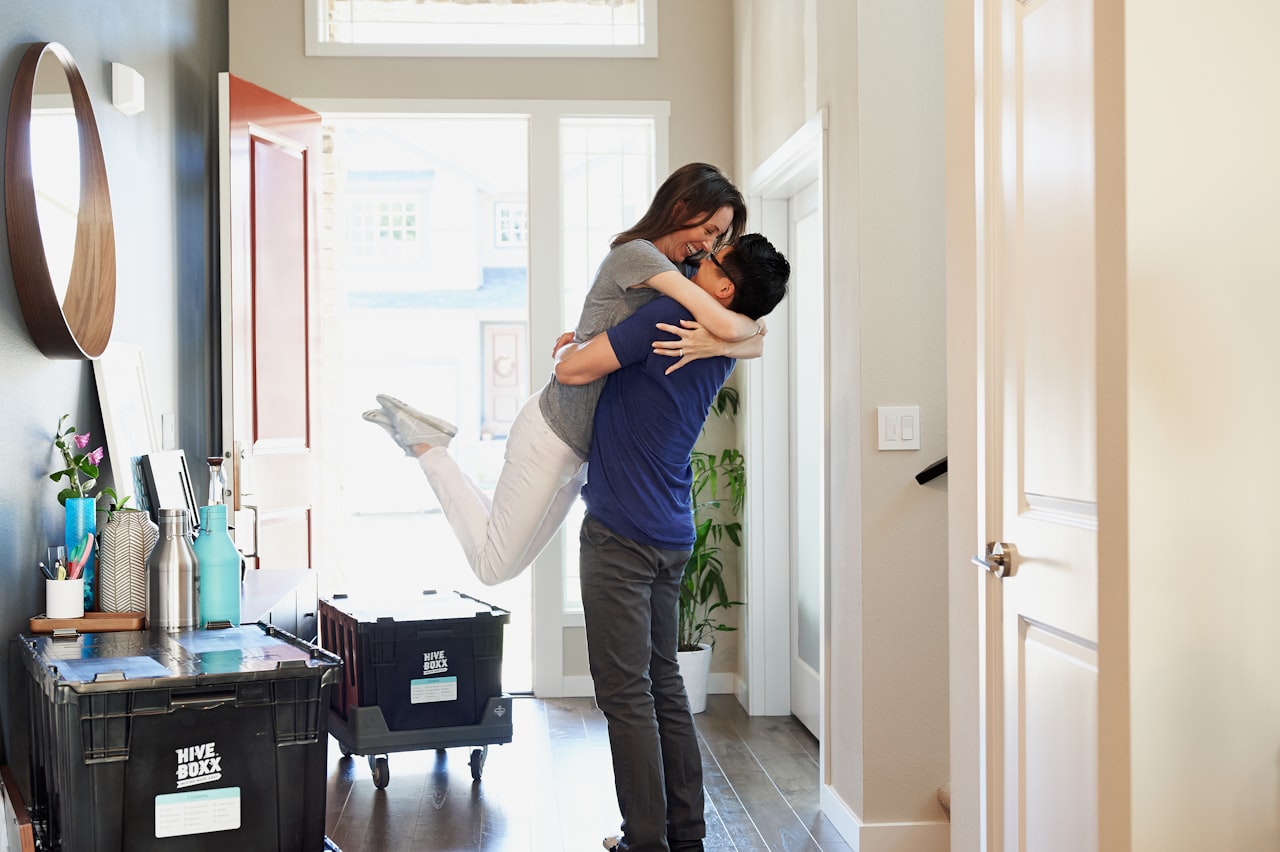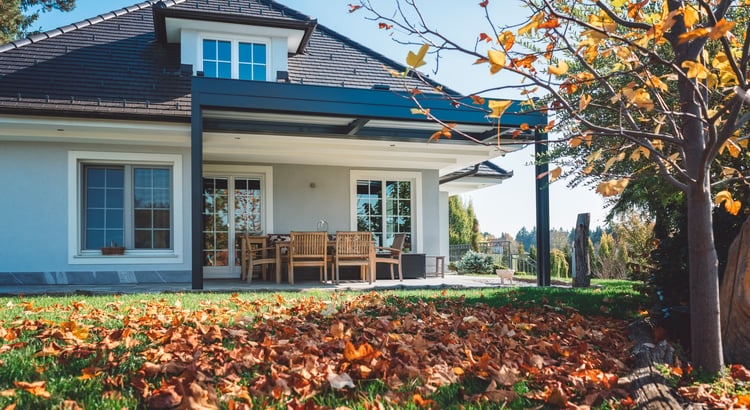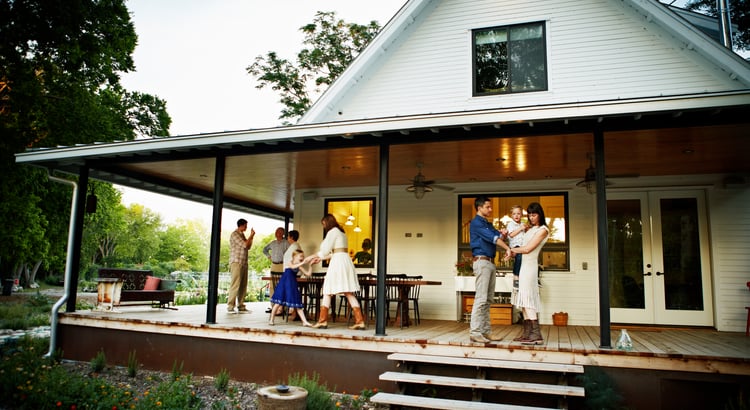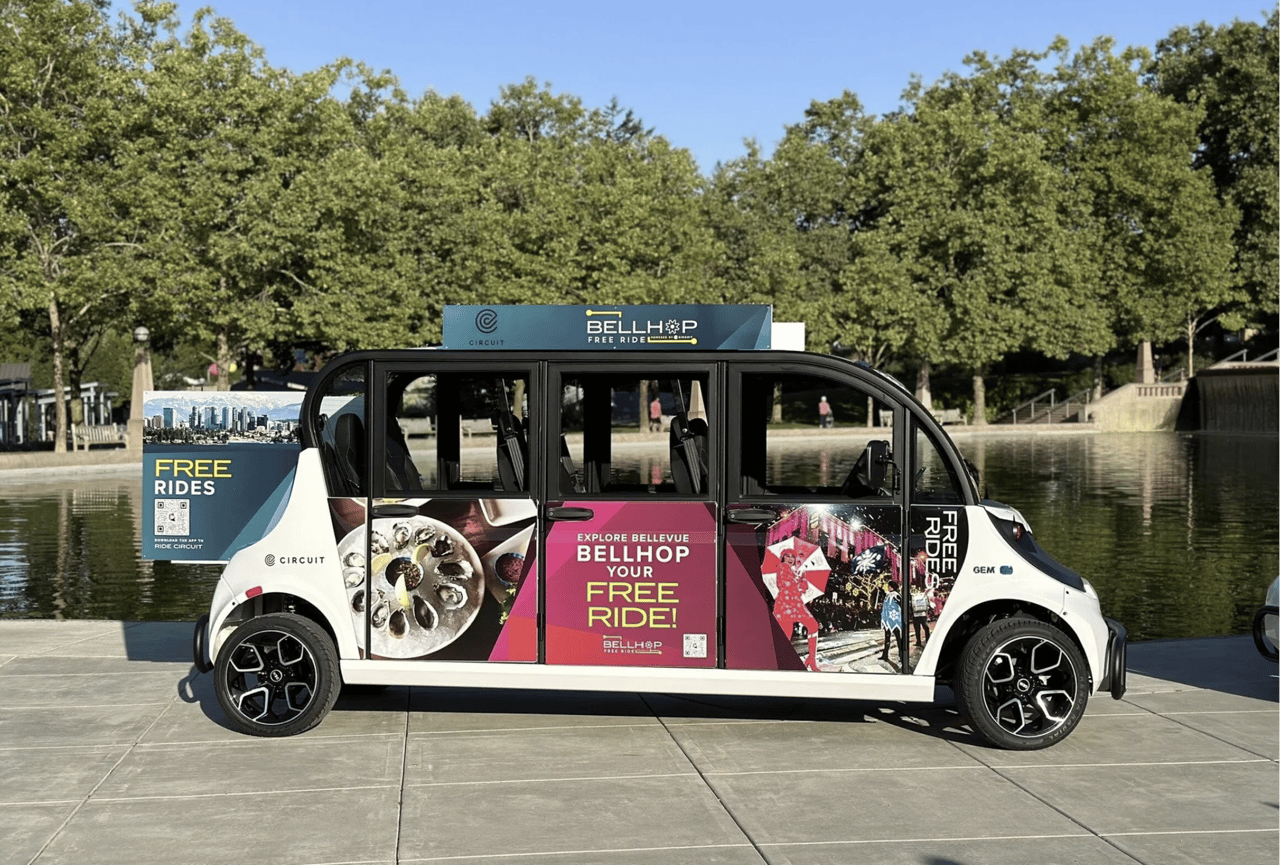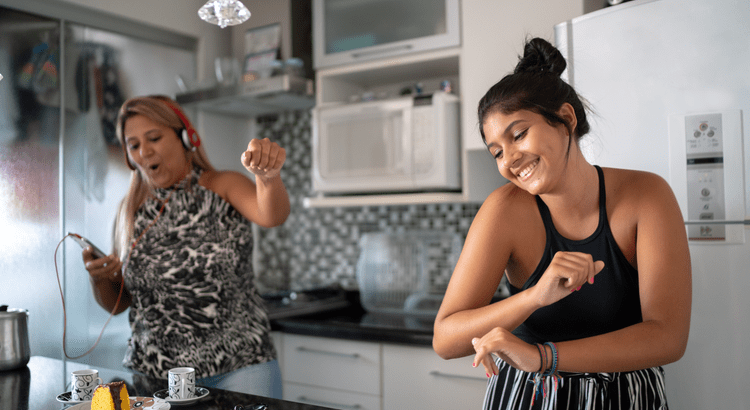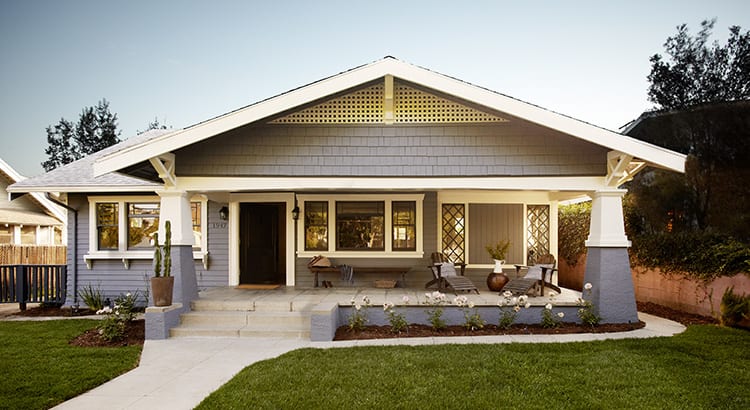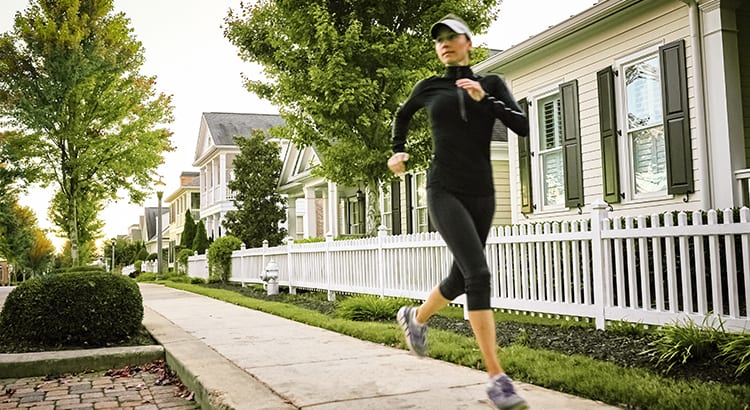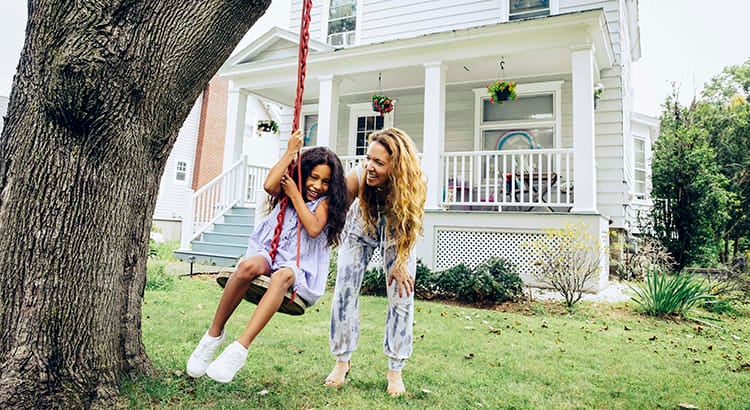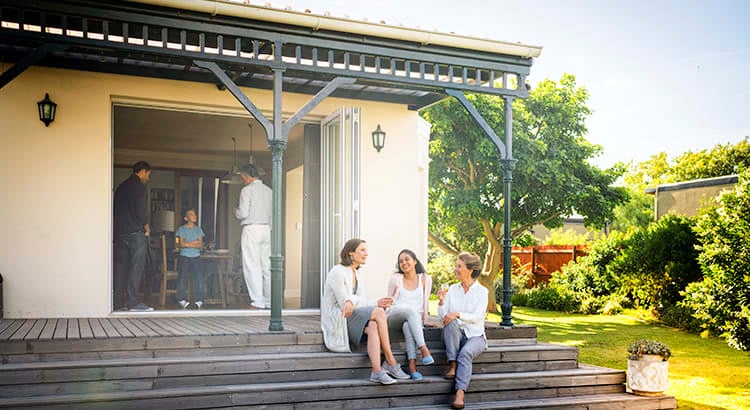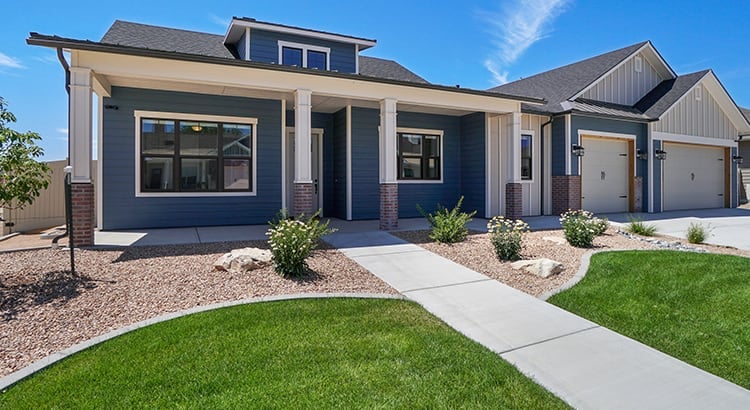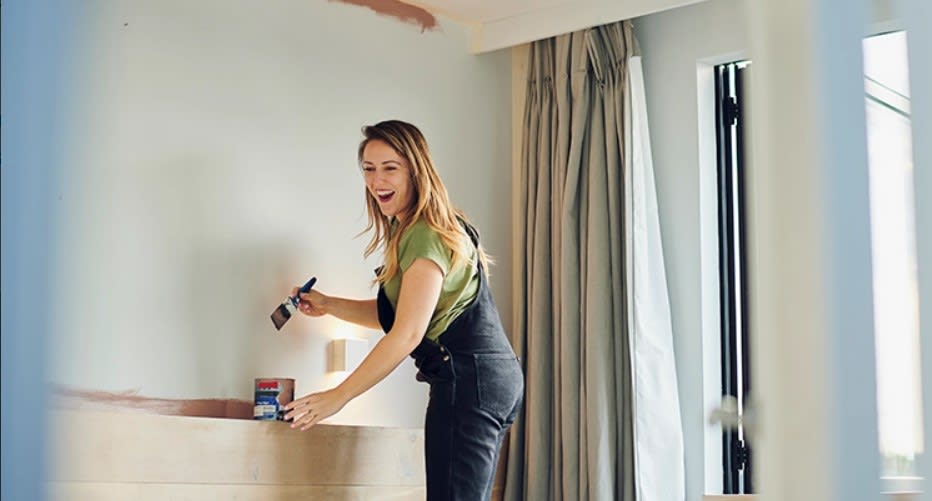Once you’ve made the decision to downsize, you should consider many factors in choosing a new place to live, including safety features, convenience, and whether your abilities may decrease and care needs increase over time.
But no matter what amount of space you downsize to, the feel is what’s most important, says Rob Krohn, the franchise marketing manager at Epcon Communities, a builder of 55-plus communities. He cautions against settling for a property that doesn’t feel comfortable.
“You want your new, downsized space to feel like home, even if it’s smaller than what you’ve be used to for years,” he says.
Below, we outline some of the top things you should consider when looking for a new downsized home for yourself or an elderly loved one.
Convenient Location
Of course, you want to be near family members or reliable friends. But you also want to look for a new neighborhood that, if possible, is close to amenities and services like physicians, shopping and restaurants.
Opportunities to build your social network near your new home is another important consideration. A community that promotes a more active lifestyle is a bonus, says Krohn. When you have walking trails, a park, a pool or a community center, you’re more likely to get out and enjoy life in your area.
Minimal Stairs
Krohn notes that even if they’re not a problem today, having to navigate stairs can become a burden as you age.
“Even an entryway with a few stairs should be avoided when you’re looking for a long-term home,” he says. “Look for the opportunity to choose or add a no-step entry that is level, so there is no uphill climb.”
As you walk through any home you’re considering, imagine trying to navigate the spaces in a wheelchair. Are there thresholds to cross? Wheelchairs require a minimum of 32 inches but 36 inches is recommended. Hallways should be at least 36 inches wide. If possible, there should be extra floor space so a wheelchair can turn around. It takes about 60 inches of space for someone in a wheelchair to make a 180-degree turn.
If you’re in a home with stairs at the entrance, you may need to put in a ramp. They start at about $400 for a 4-foot ramp that’s 36 inches wide; an 8-foot ramp is about $800. If your home does have stairs, a chair lift is another option, which would generally cost between $1,500 and $4,000, or a home elevator, which could cost $15,000 or more.
Modification-Friendly Bathrooms
Think about the personal care needs of your bathroom. Even though you may have no trouble walking right now, could you get into the shower or on the toilet from a wheelchair or with the aid of a walker? “A roll-in shower and an elevated toilet — both with grab bars — provide a long-term solution,” says Krohn.
Consider the height of the countertop for today and tomorrow. “If down the line you or your spouse require a wheelchair-accessible home, vanities with a lower sink and room for the chair to fit underneath might be options to consider if building a new home or remodeling a space,” says Krohn.
Grab bars in the tub or shower and beside the toilet are inexpensive ($40 to $140) and potential lifesavers. Likewise, low-cost no-slip adhesive strips decrease the risk of slippery bathroom areas and steps.
Also consider a walk-in bathtub, with a door that opens so you don’t have to step over the side to get into the tub, or a bath lift, where a tub-level chair lowers you into the tub.
An anti-scalding device could also be useful for preventing accidents. These inexpensive devices (about $40) automatically turn off the water if it gets too hot. They can easily be installed in the bathroom sink, shower, tub, or kitchen sink. An alternative solution: Turn down the thermostat on your hot-water heater so the water never gets above 120 degrees Fahrenheit.
Spacious Bedroom
A hospital bed or adjustable bed could make you much more comfortable. These enable you to raise or lower the head and knee area of the bed, as well as the level of the entire bed, either electronically or through the use of hand cranks. The flexibility of these beds makes life easier and more comfortable for someone who’s ailing. They generally cost $500 and up.
A walk-in closet with no threshold is essential, but you should also be able to adjust storage space — like shelves that can be moved to a lower position, if necessary. You’ll also want light switches that you can reach from your bed.
SOURCE: Caring.com
